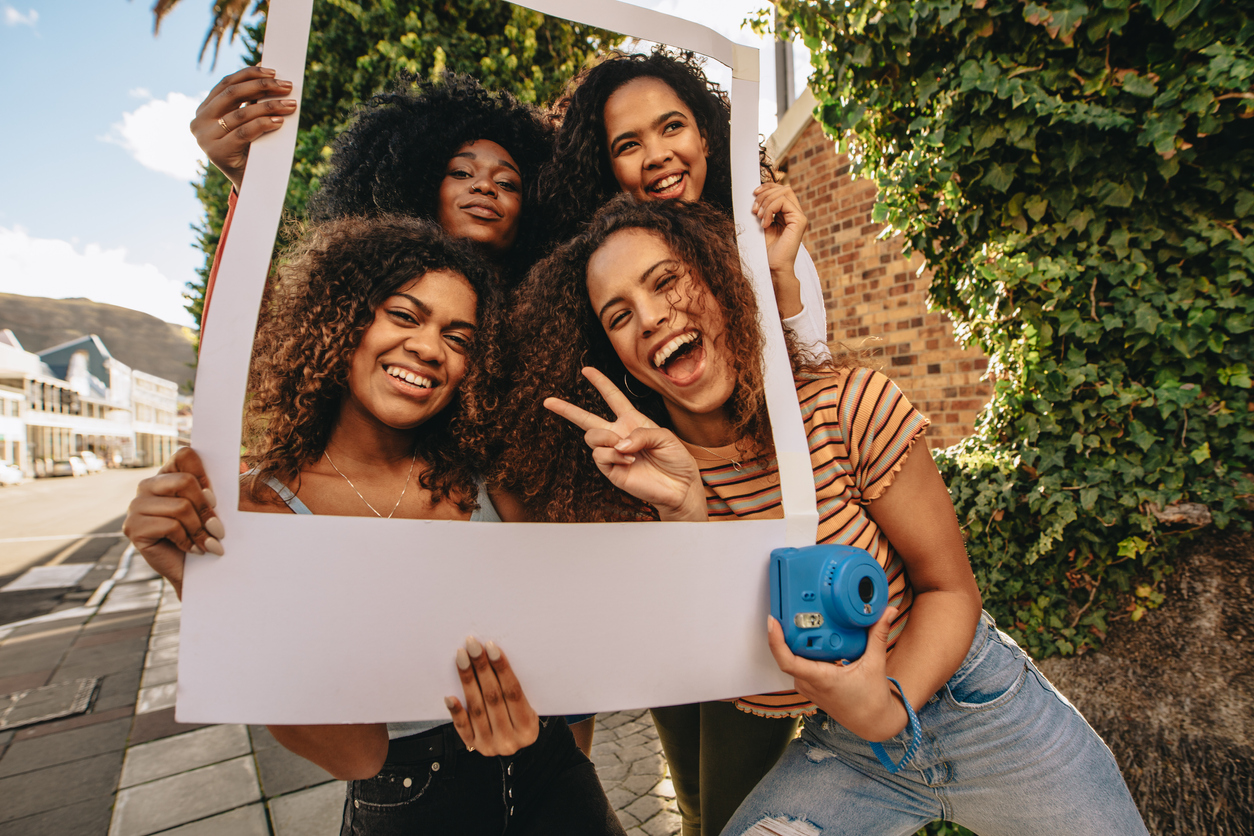Whether at home or abroad, everyday women face the risk of experiencing various forms of sexual harassment and violence. Although in certain societies and countries the risk is amplified, the threat remains pervasive regardless of geographical location. Incidents of sexual harassment and violence can occur everywhere, even in widely public environments, such as streets and parks, and in presumed “safe” environments, such as schools. Although this pressing issue is increasingly gaining global attention, societies are slow to adapt the necessary measures to ensure sexual harassment and violence is ridded of the daily realities of women. Additionally, when female travelers are exposed to unique gender-based risks abroad, many find it challenging to find appropriate support in a foreign environment.
Across the globe, women have made remarkable strides in the fight for their rights and their safety. The mere ability to speak publicly about a ‘taboo’ subject such as sexual violence is on its own a privilege earned from the activism of women from all walks of life. Women have taken control of the conversation, and in varying ways are supporting not only local women but also foreign female travelers in dealing with the unique gender risks to which they are exposed. This month, in honor of International Women’s Day which is celebrated every year in March, we are highlighting some innovative projects by women for women in the fight against sexual harassment and violence worldwide.

Sexual Harassment and Violence Maps
A new generation of women activists are utilizing technology to raise awareness of gender-based risks through the development of sexual harassment and violence incident report maps. The maps offer visualization of the prevalence of sexual harassment and violence incidents experienced by women, as well as assist women in avoiding travel to areas where incidents are most likely to occur. The technology relies on voluntary reporting of incidents by women victims and engaged bystanders. It requests basic information: type of incident, where, when, details. The maps also report on incidents covered by the media.
A series of these maps exist, ultimately serving the same goal, but with varying reporting methods to adjust to country laws, cultural sensitivities, and language. Although the technologies currently have geographical limitations, many frequently-traveled countries are included to offer this support to women, including, Lebanon, Australia, India, Egypt, Kenya, Cameroon, Canada, to name a few. This is a great safety tool for women travelers, especially in countries with patriarchal societies.
Influential Street Art
Since images speak louder than words, groups of women are using art to help harassers reflect on their behavior towards women on the streets. Murals in cities such as New York City, Paris, and other major cities across the globe, are vividly explaining that behaviors that may be perceived as innocent and playful, actually fit within the definition of sexual harassment. Some of these behaviors include unwanted flirting, catcalling, inappropriate touching, and sexual jokes. The goal is to make the harassers uncomfortable and transfer the shame of sexual harassment and violence from the victim to the perpetrator. These types of projects are helping to spark much-needed conversation.
Female Travel Support Groups
Women have invested in helping other women feel safe while abroad by building support groups in various locations throughout the world. Unlike the usual female travel groups, these groups solely offer support to female solo travelers or group travelers as requested. Depending on the country and the security implications of a specific destination, these groups can set up airport meetups with a female staff member, match women together for late-night activities, serve as tour guides, etc. This resource is growing in demand as more women take on solo travels in remote locations.
These are just three of many innovative projects women have taken on in the fight against sexual harassment and violence. Whether in Europe, Africa, the Middle-East, Asia-Pacific, or the Americas, female travelers are increasingly gaining alternate support systems from the aforementioned risk, because in many destinations, emergency services often fail to prevent and respond appropriately to these types of incidents. This month, in reflection of International Women’s Day, we continue to celebrate everything women have done, do, and will do in the future to protect women from sexual assault and violence while at home and as they travel the globe for educational purposes, business, volunteering, or leisure.
Want more information about female travel safety and holistic risk management? Contact us today.


